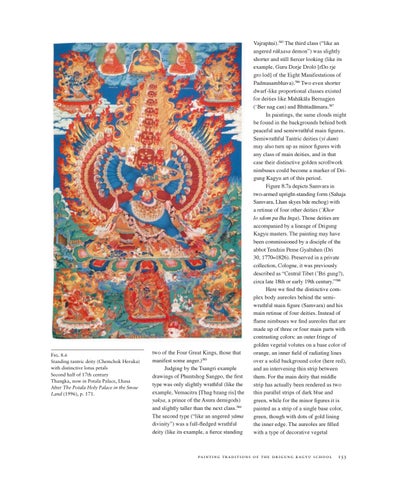Fig. 8.6 Standing tantric deity (Chemchok Heruka) with distinctive lotus petals Second half of 17th century Thangka, now in Potala Palace, Lhasa After The Potala Holy Palace in the Snow Land (1996), p. 171.
two of the Four Great Kings, those that manifest some anger.)583 Judging by the Tsangri example drawings of Phuntshog Sangpo, the first type was only slightly wrathful (like the example, Vemacitra [Thag bzang ris] the yakṣa, a prince of the Asura demigods) and slightly taller than the next class.584 The second type (“like an angered yāma divinity”) was a full-fledged wrathful deity (like its example, a fierce standing
Vajrapāṇi).585 The third class (“like an angered rākṣasa demon”) was slightly shorter and still fiercer looking (like its example, Guru Dorje Drolö [rDo rje gro lod] of the Eight Manifestations of Padmasambhava).586 Two even shorter dwarf-like proportional classes existed for deities like Mahākāla Bernagjen (‘Ber nag can) and Bhūtaḍāmara.587 In paintings, the same clouds might be found in the backgrounds behind both peaceful and semiwrathful main figures. Semiwrathful Tantric deities (yi dam) may also turn up as minor figures with any class of main deities, and in that case their distinctive golden scrollwork nimbuses could become a marker of Drigung Kagyu art of this period. Figure 8.7a depicts Samvara in two-armed upright-standing form (Sahaja Samvara, Lhan skyes bde mchog) with a retinue of four other deities (’Khor lo sdom pa lha lnga). Those deities are accompanied by a lineage of Drigung Kagyu masters. The painting may have been commissioned by a disciple of the abbot Tendzin Peme Gyaltshen (Dri 30, 1770–1826). Preserved in a private collection, Cologne, it was previously described as “Central Tibet (’Bri gung?), circa late 18th or early 19th century.”588 Here we find the distinctive complex body aureoles behind the semiwrathful main figure (Samvara) and his main retinue of four deities. Instead of flame nimbuses we find aureoles that are made up of three or four main parts with contrasting colors: an outer fringe of golden vegetal volutes on a base color of orange, an inner field of radiating lines over a solid background color (here red), and an intervening thin strip between them. For the main deity that middle strip has actually been rendered as two thin parallel strips of dark blue and green, while for the minor figures it is painted as a strip of a single base color, green, though with dots of gold lining the inner edge. The aureoles are filled with a type of decorative vegetal
pa i n t i n g t r a d i t i o n s o f t h e d r i g u n g k a g y u s c h o o l
153
